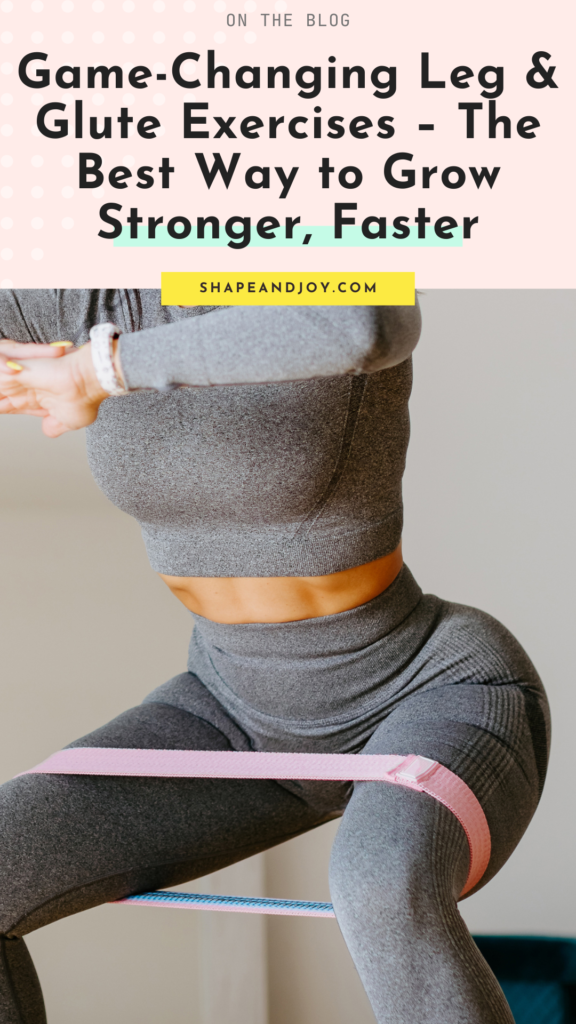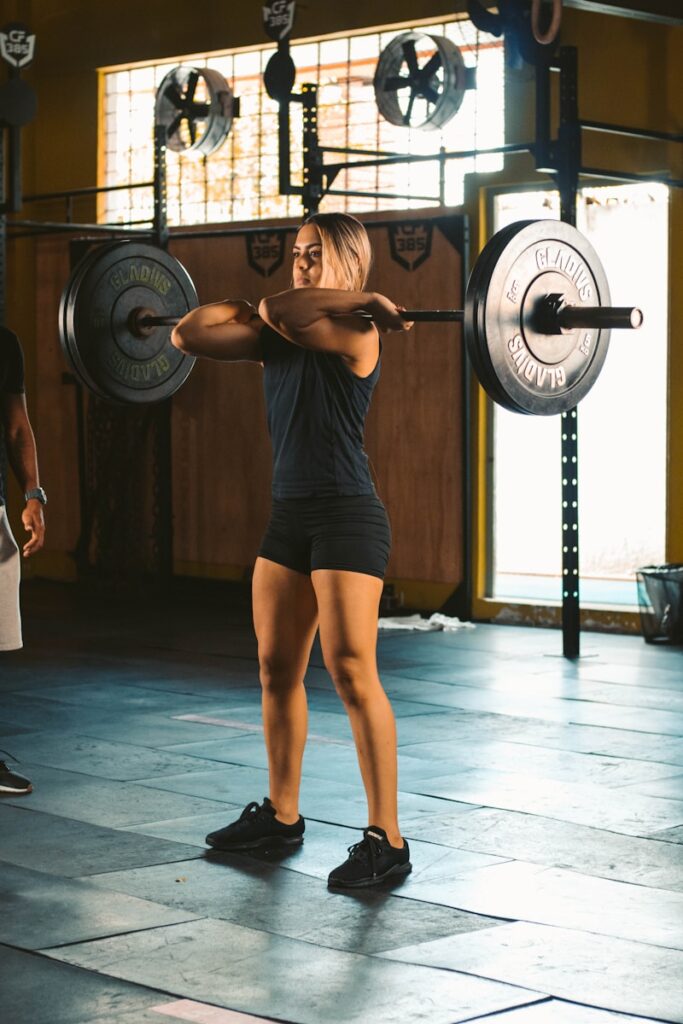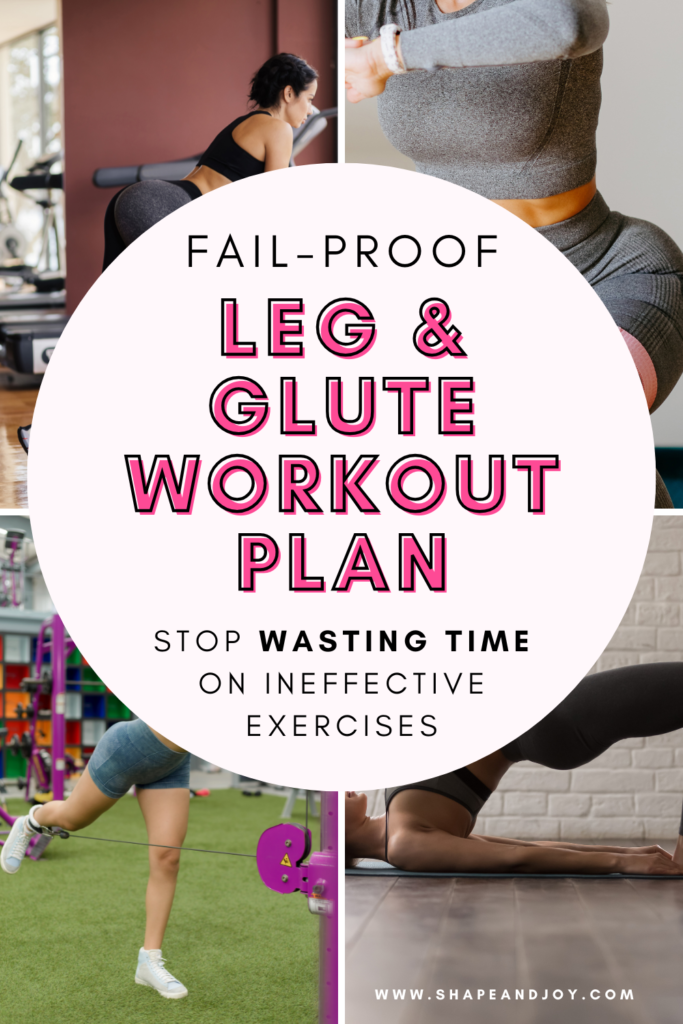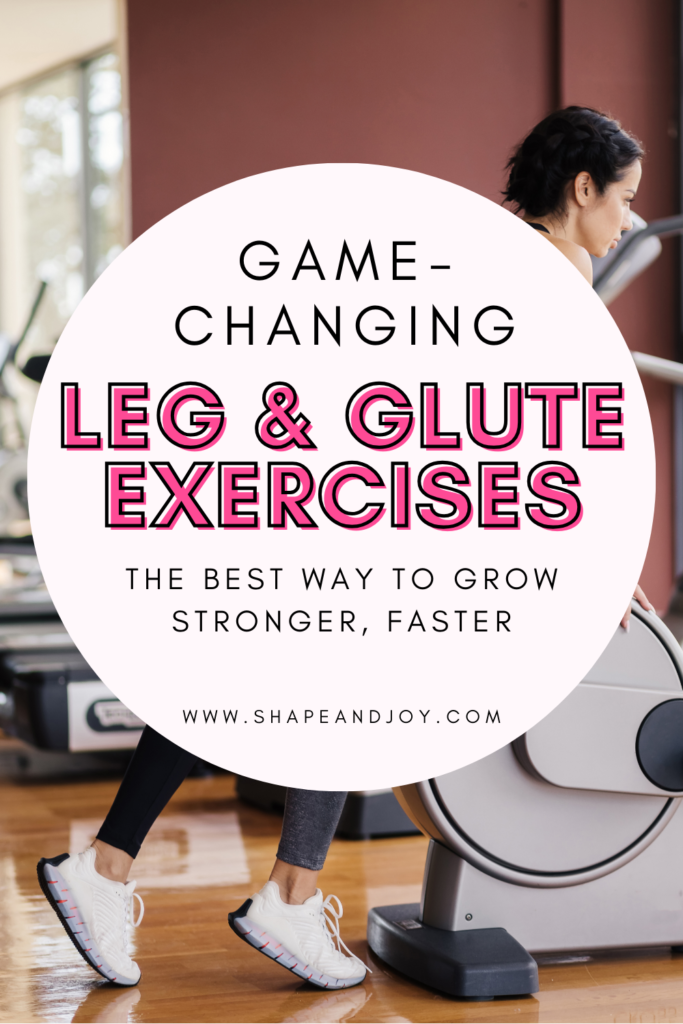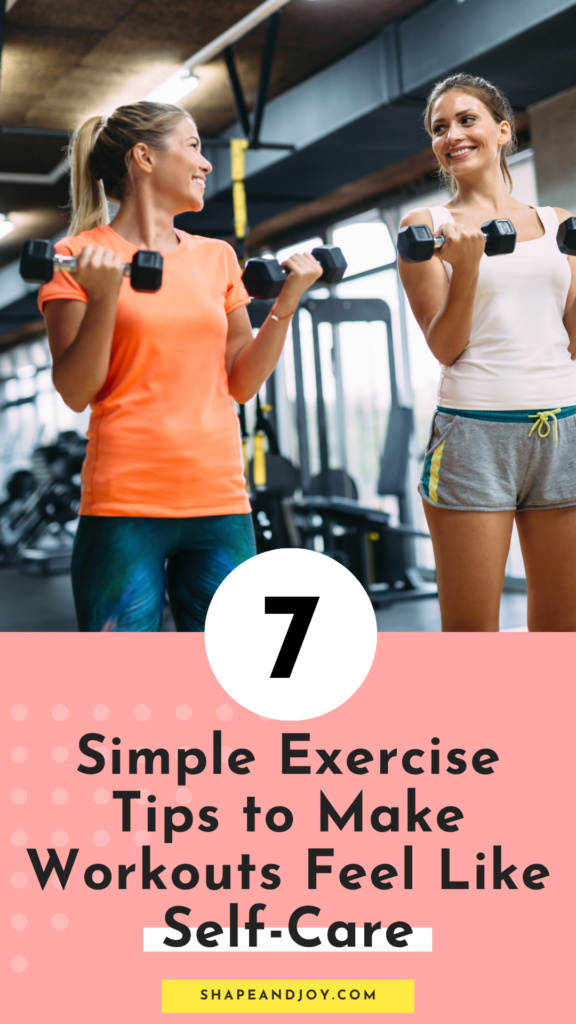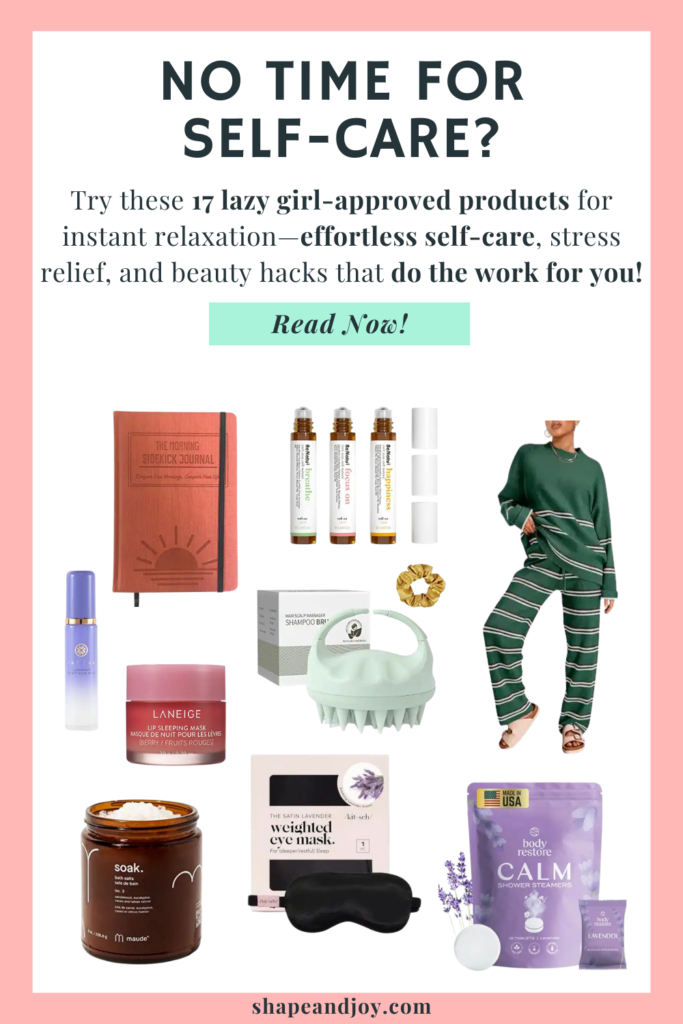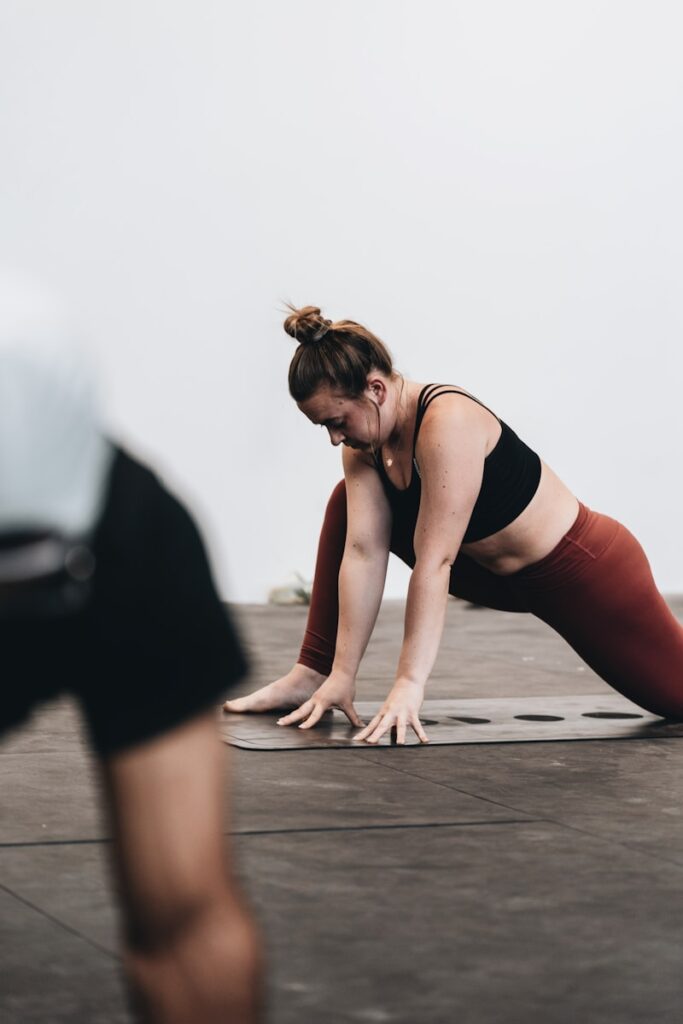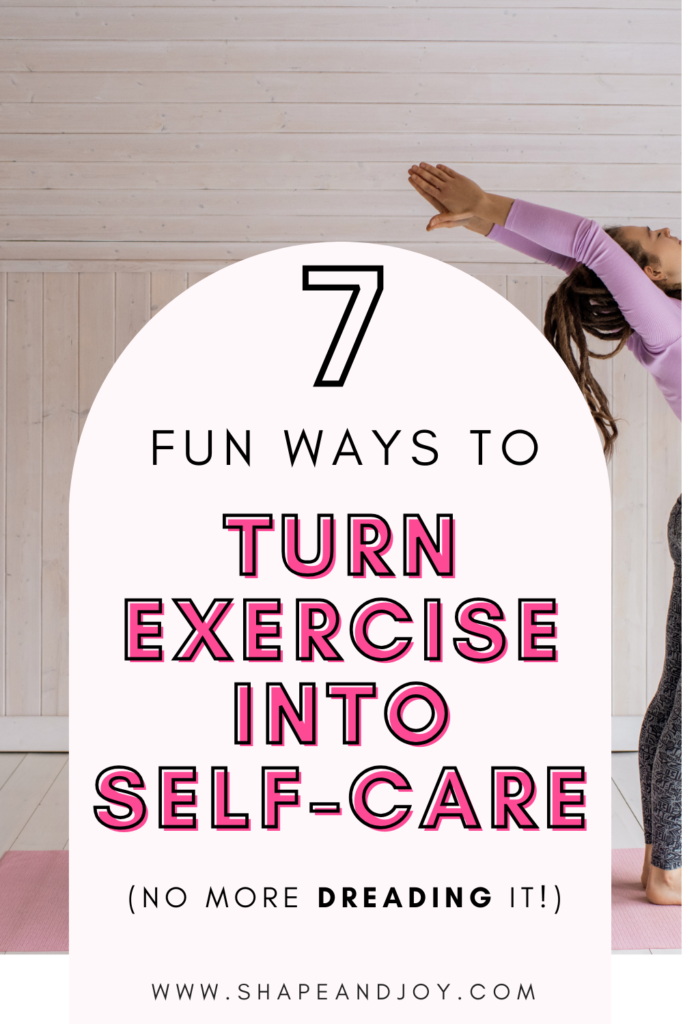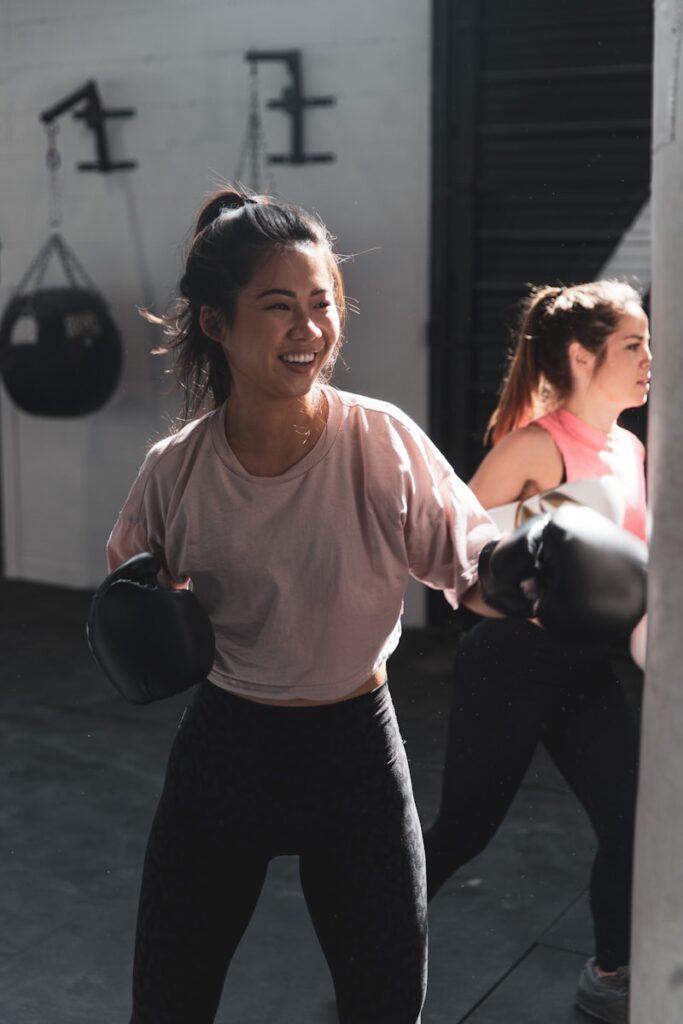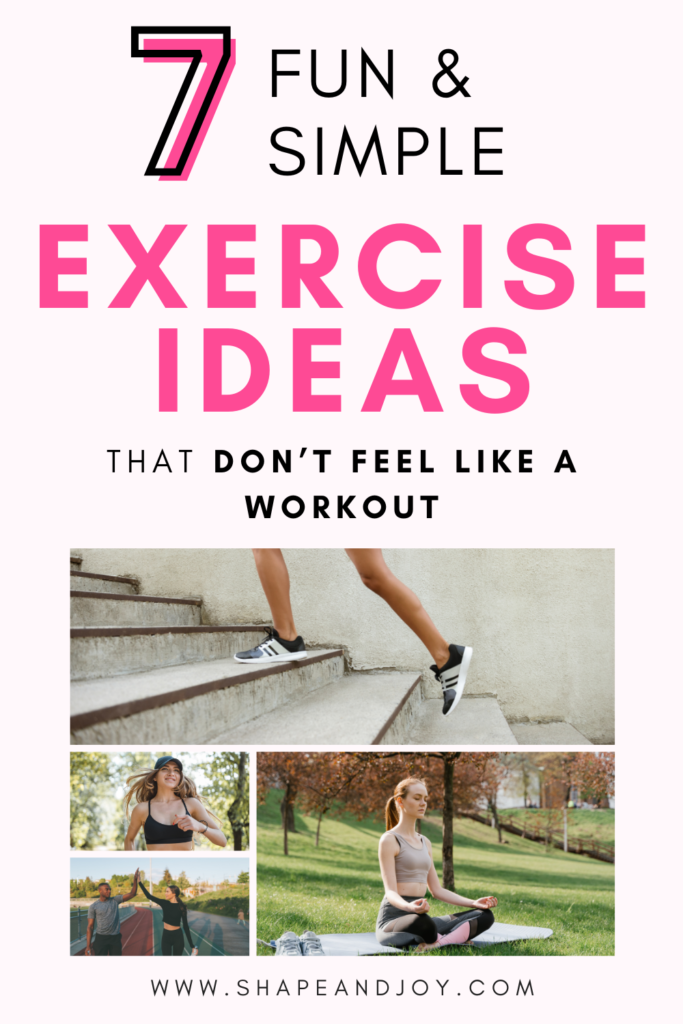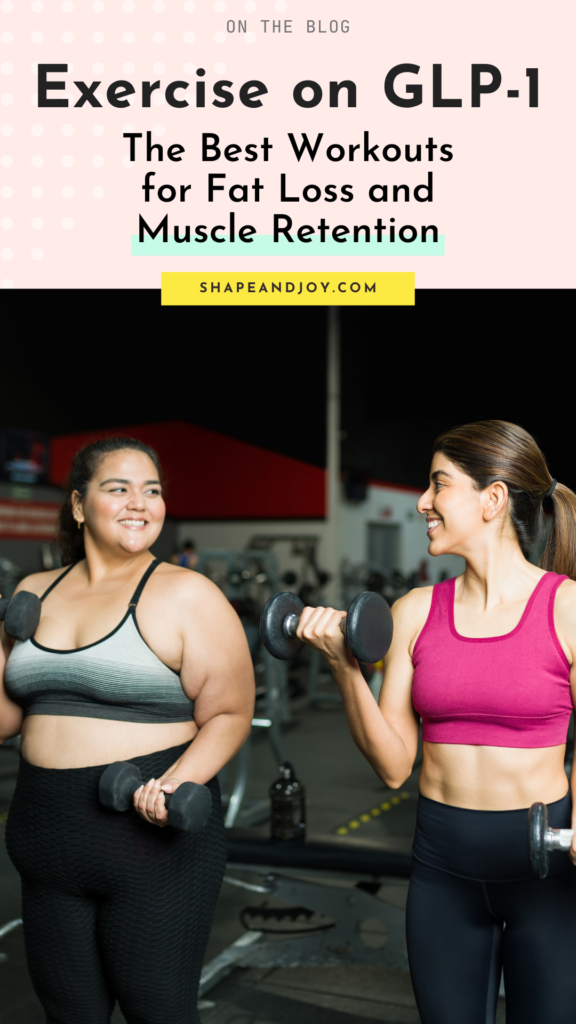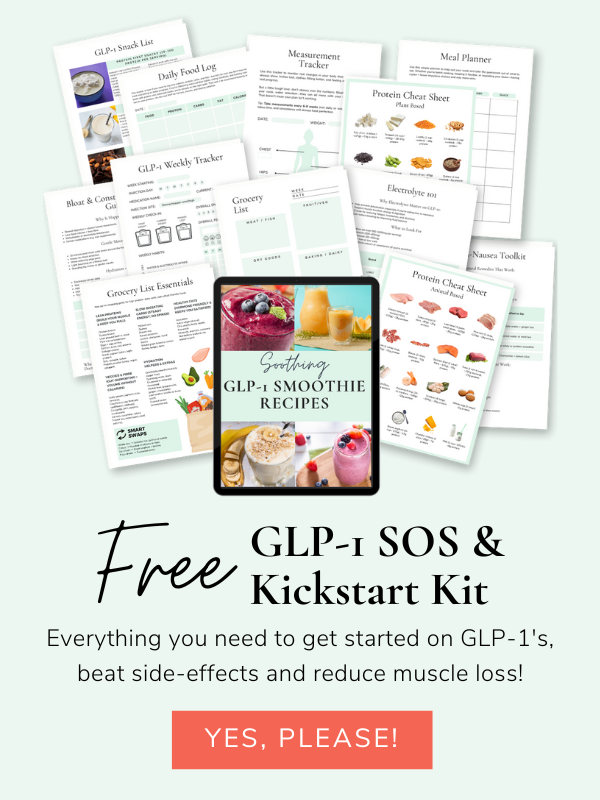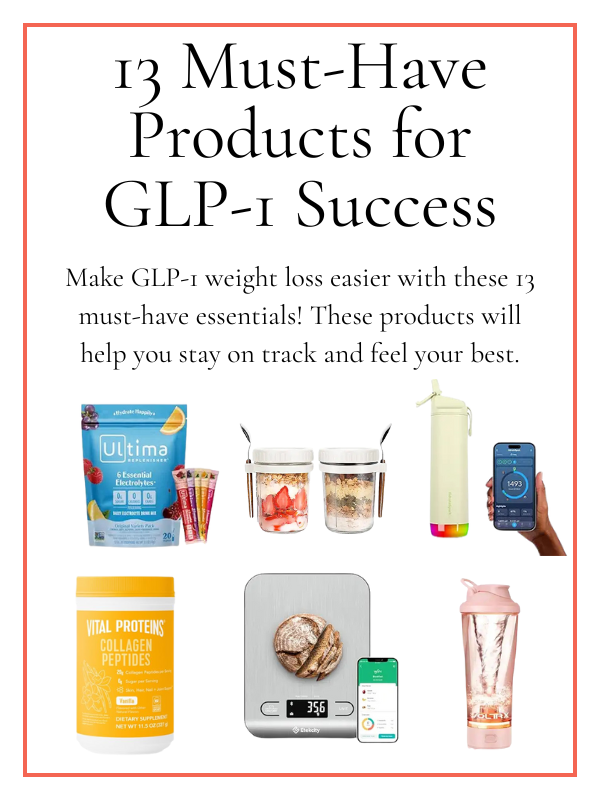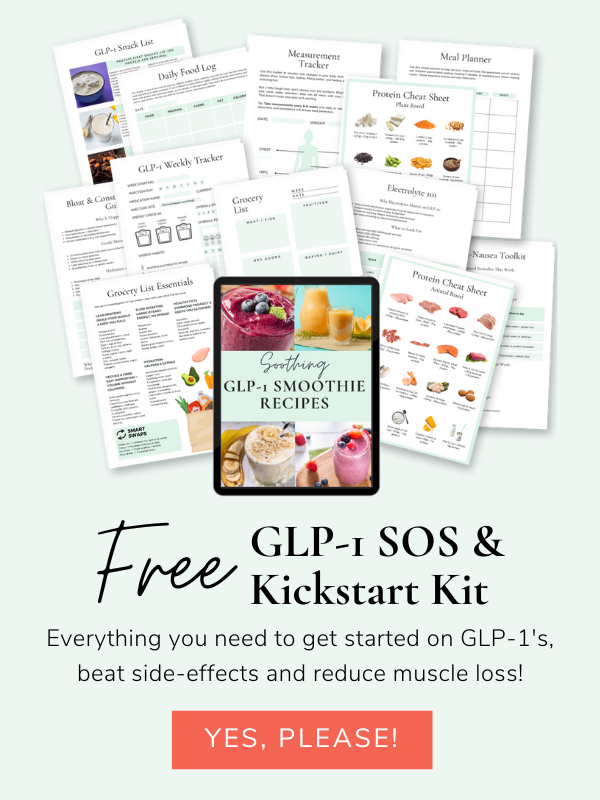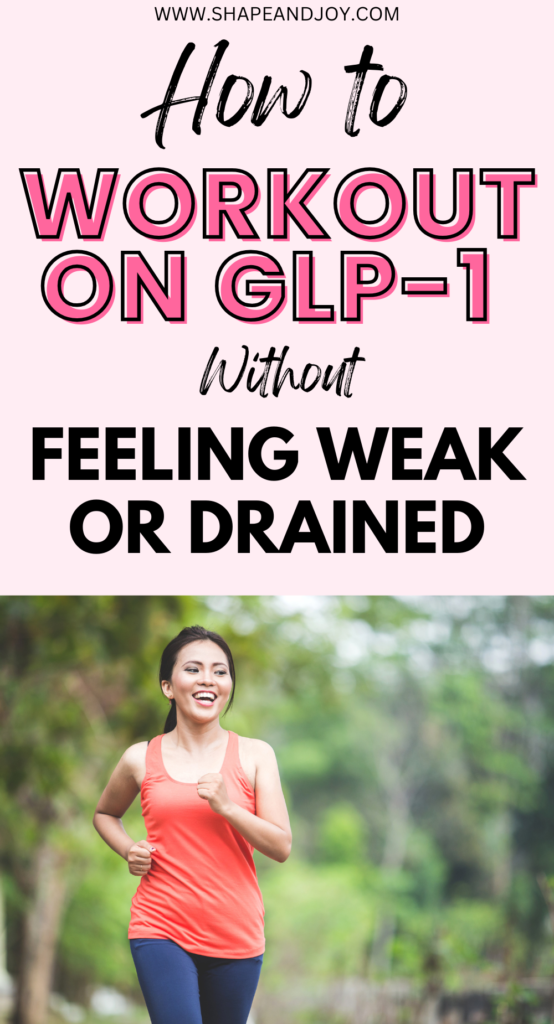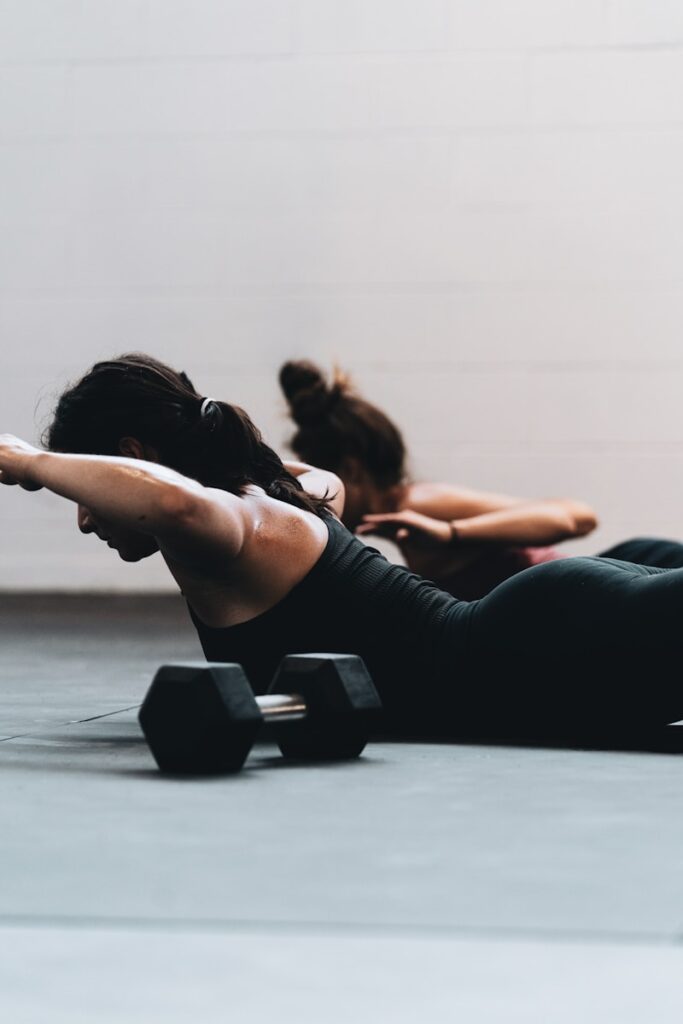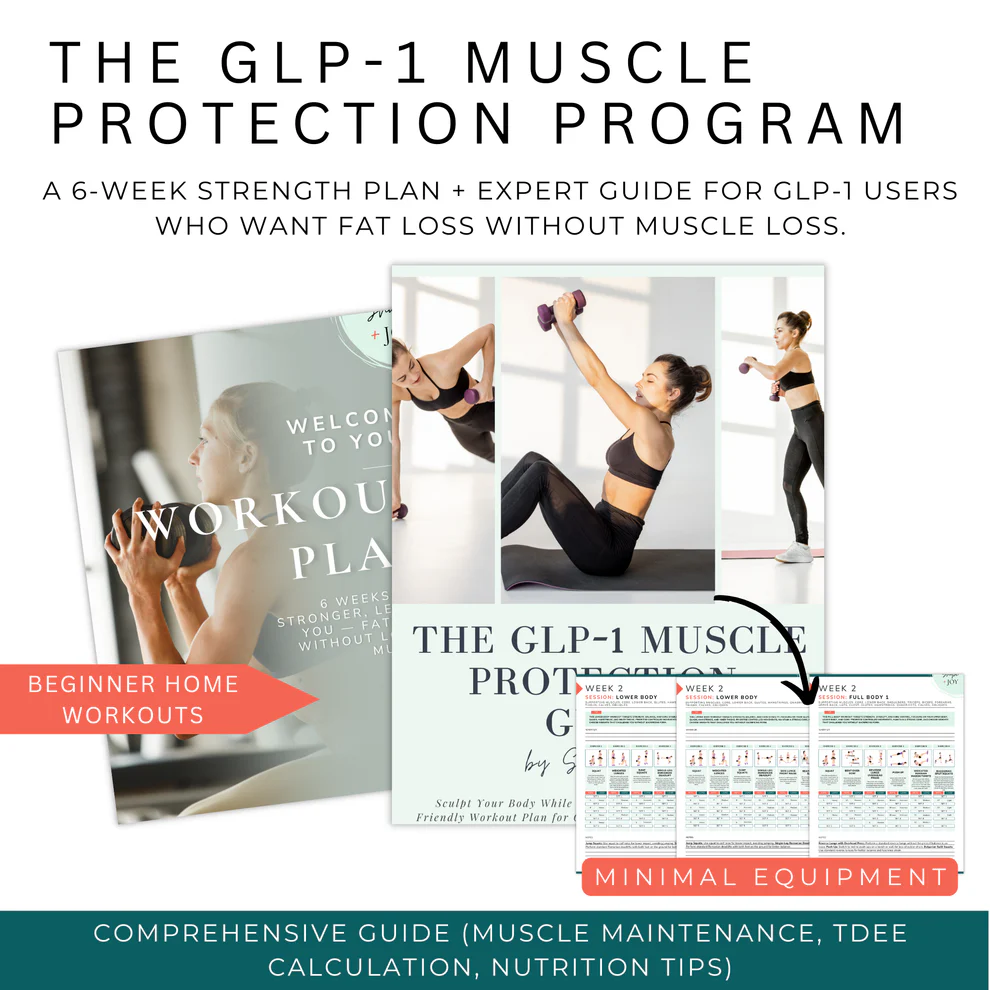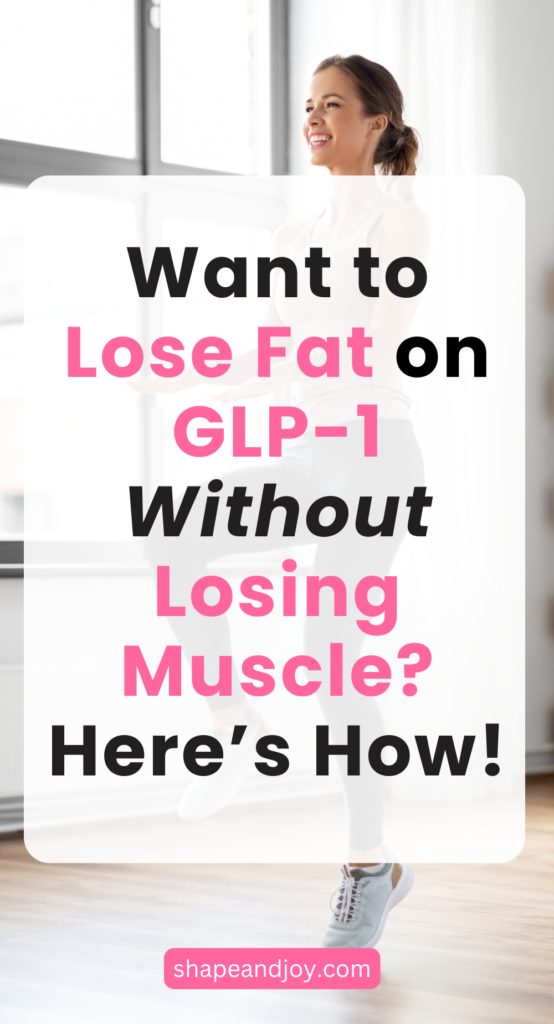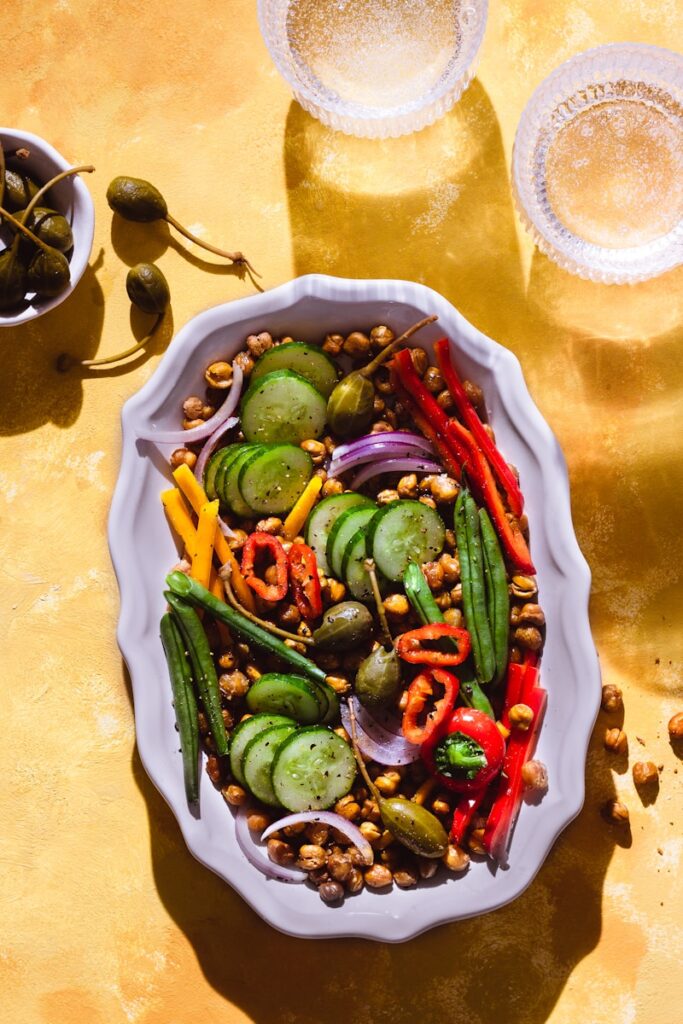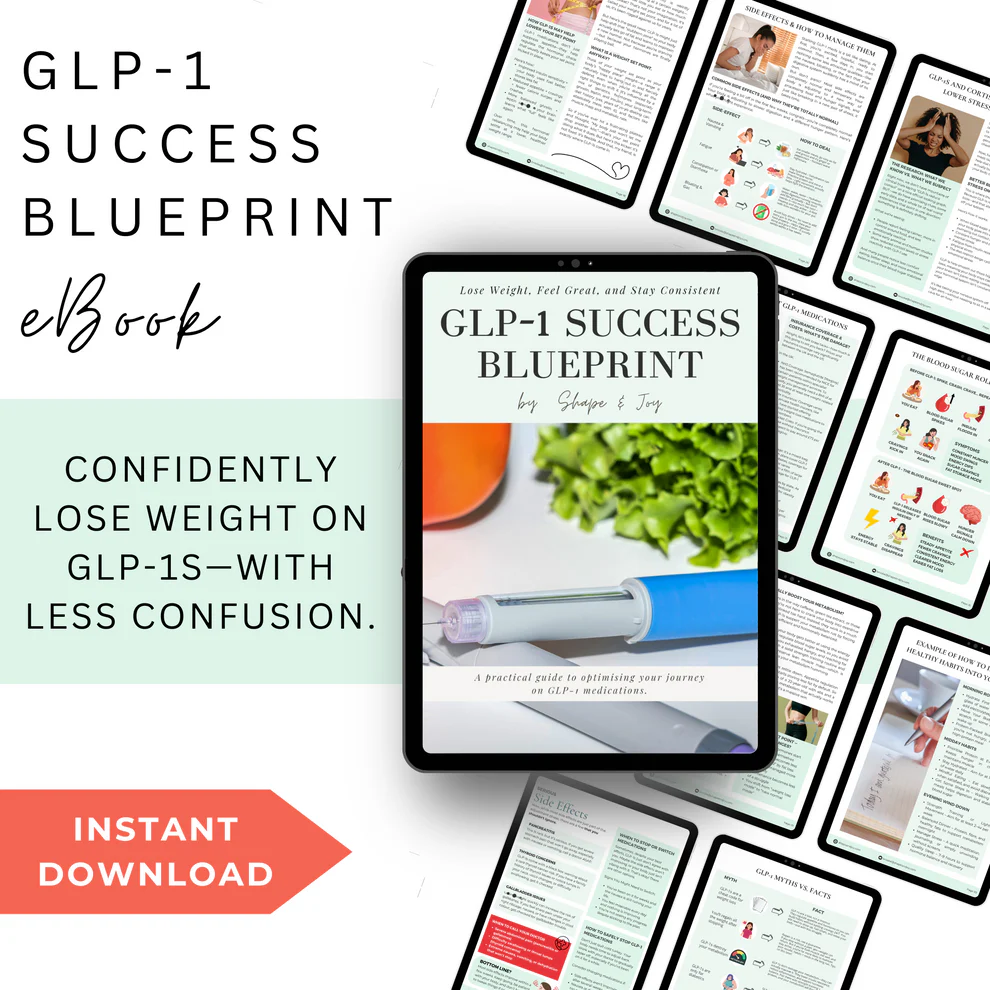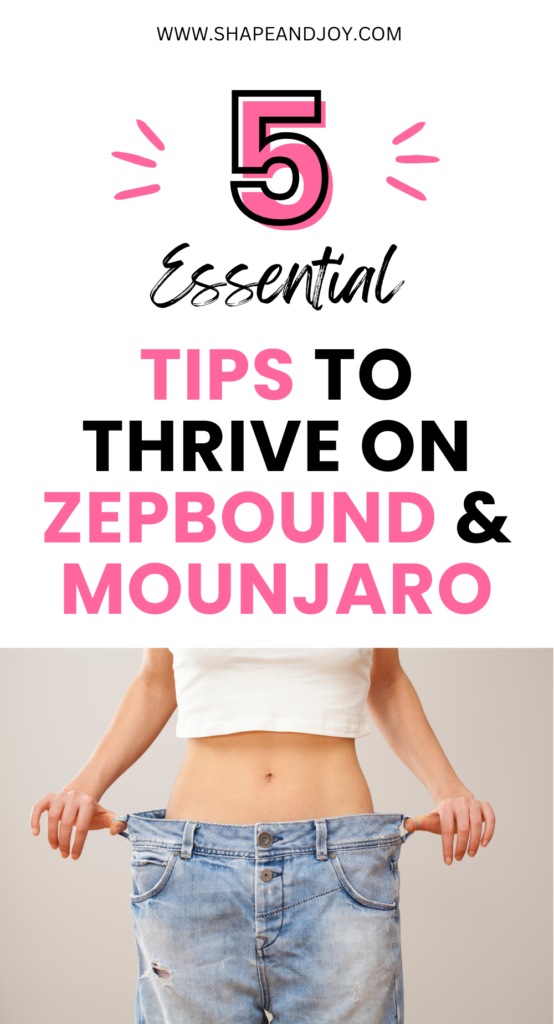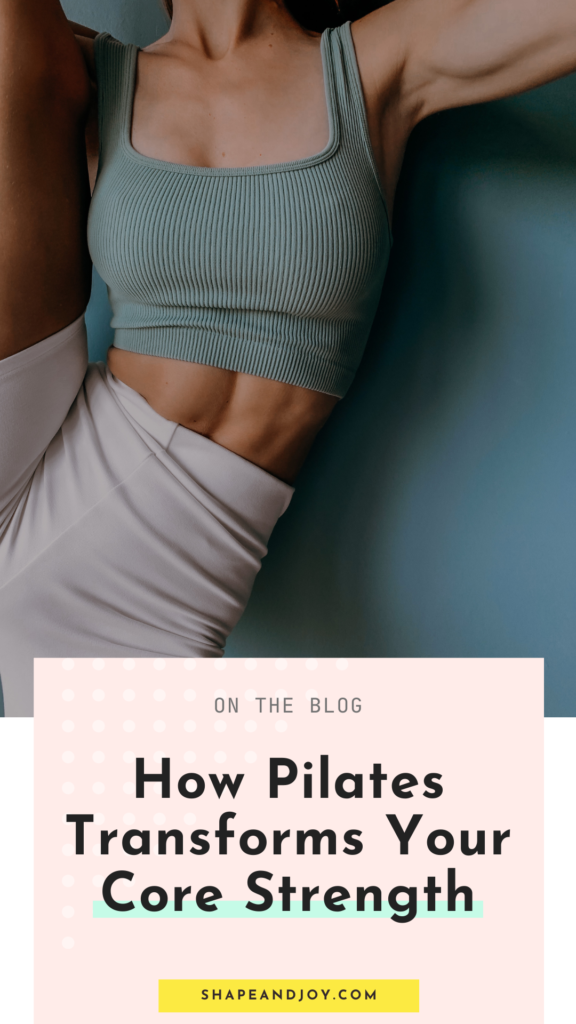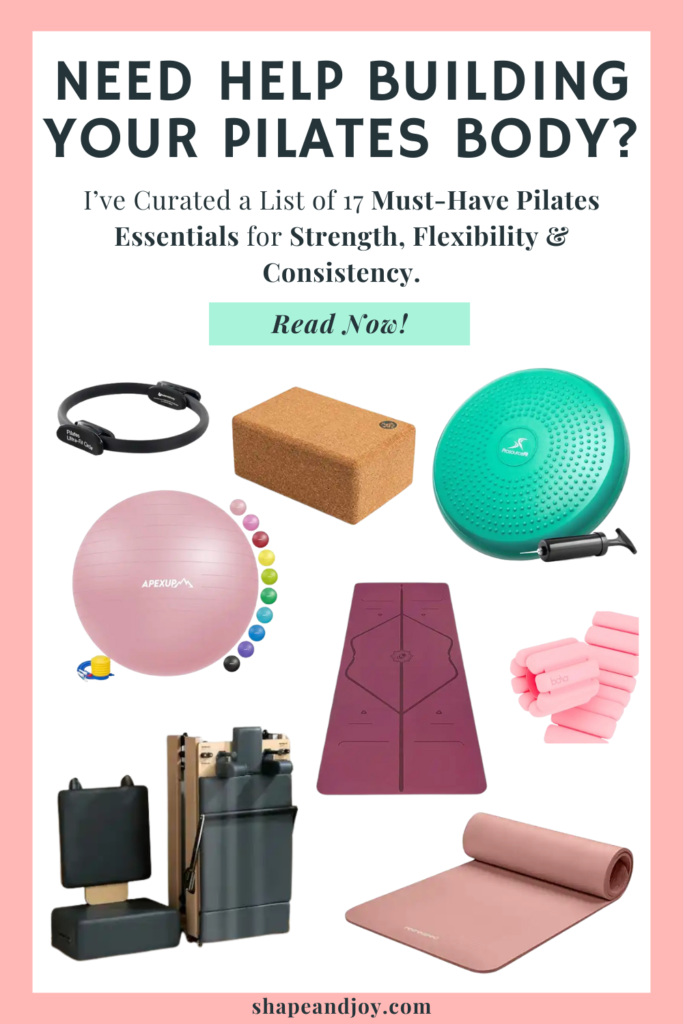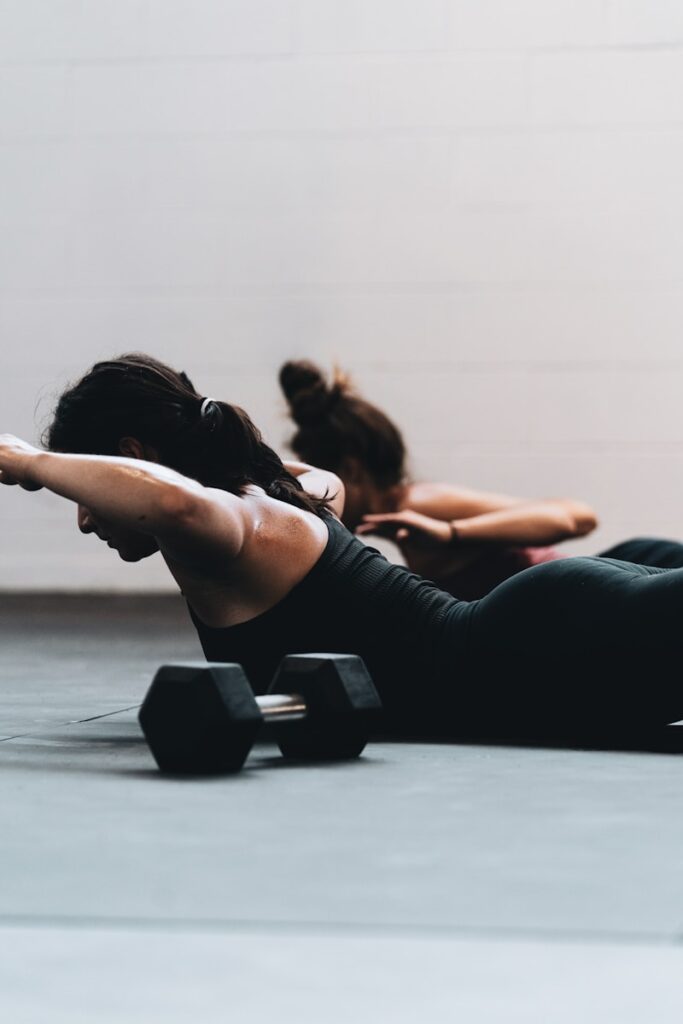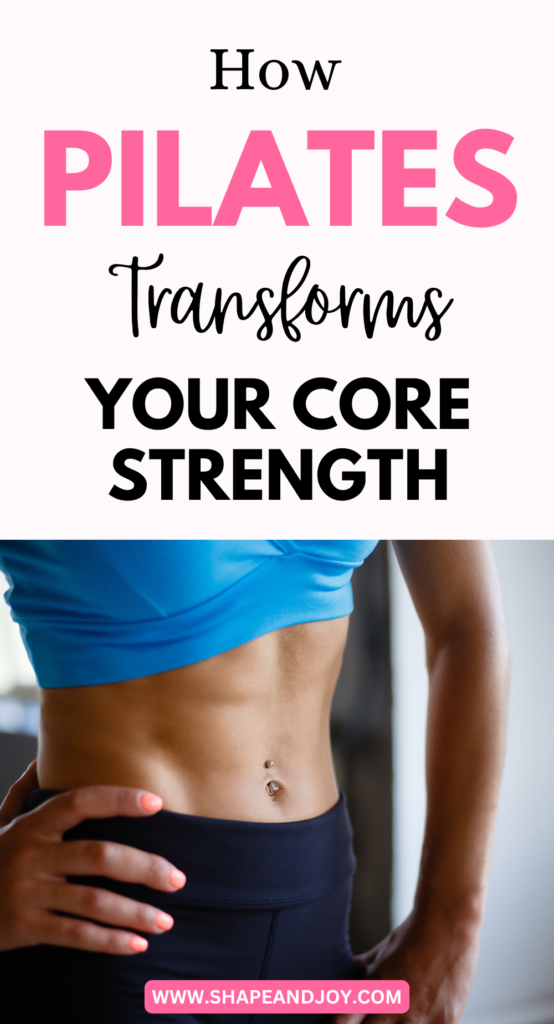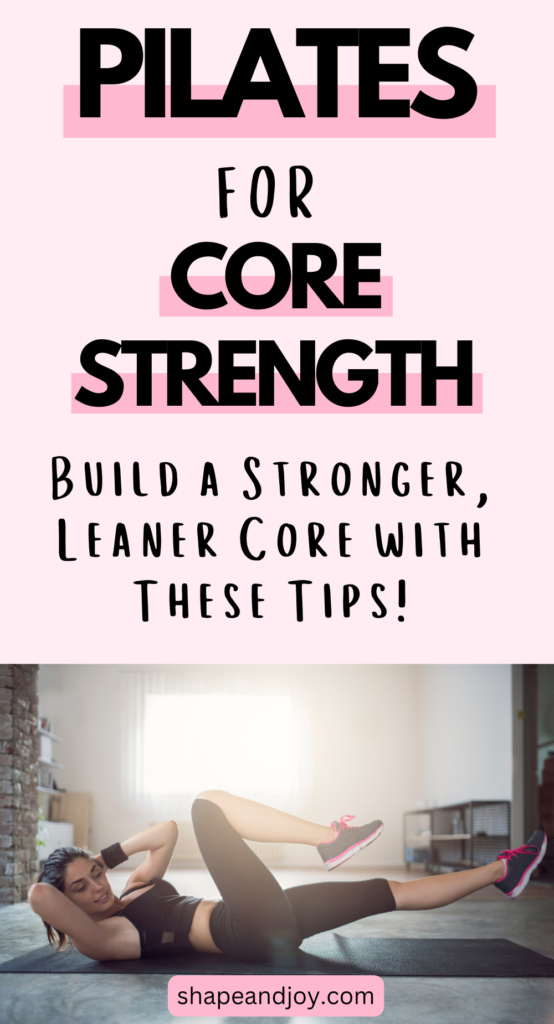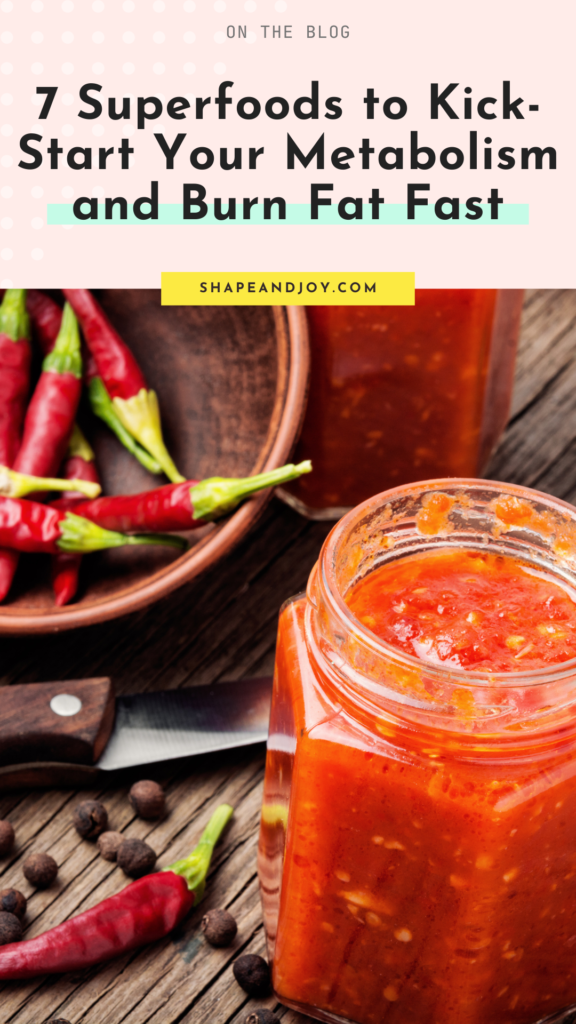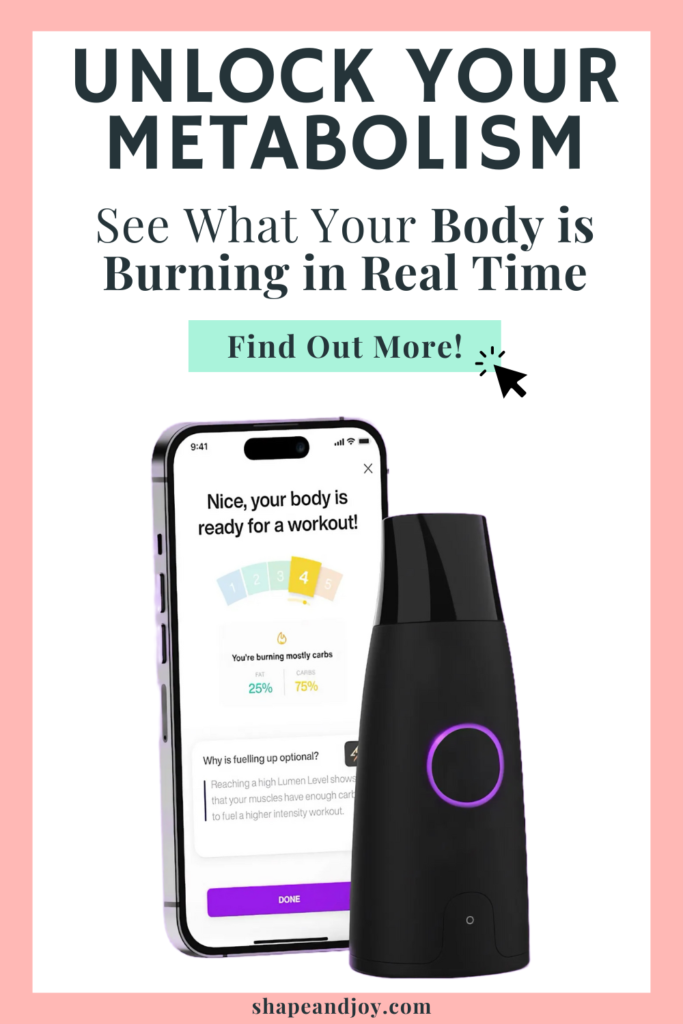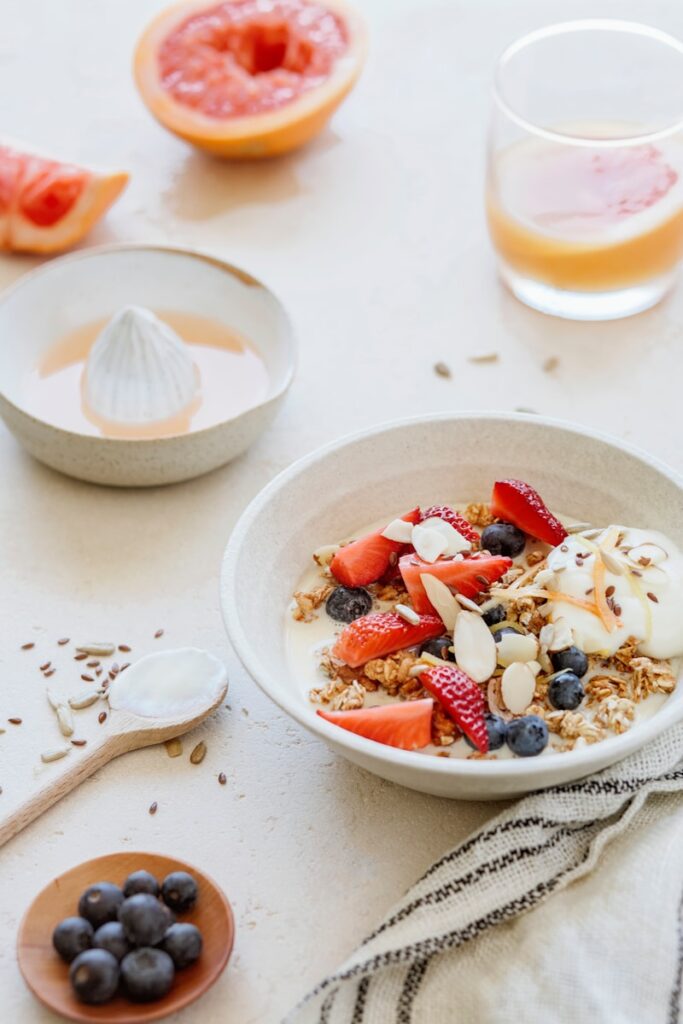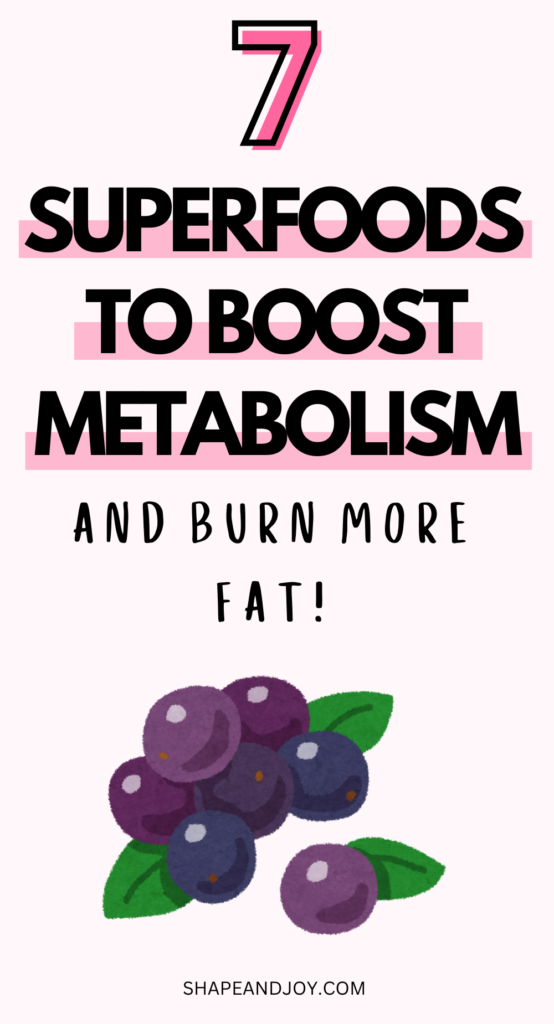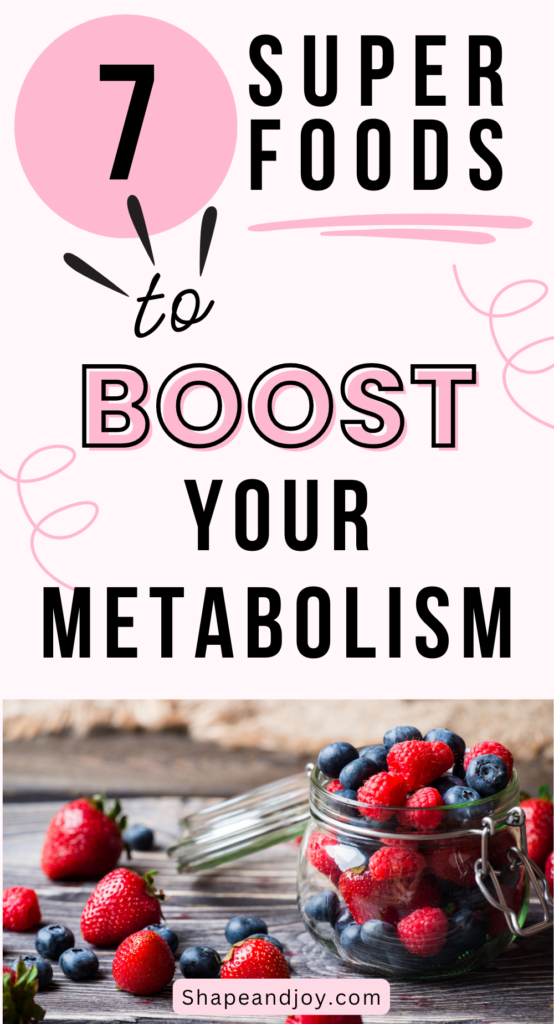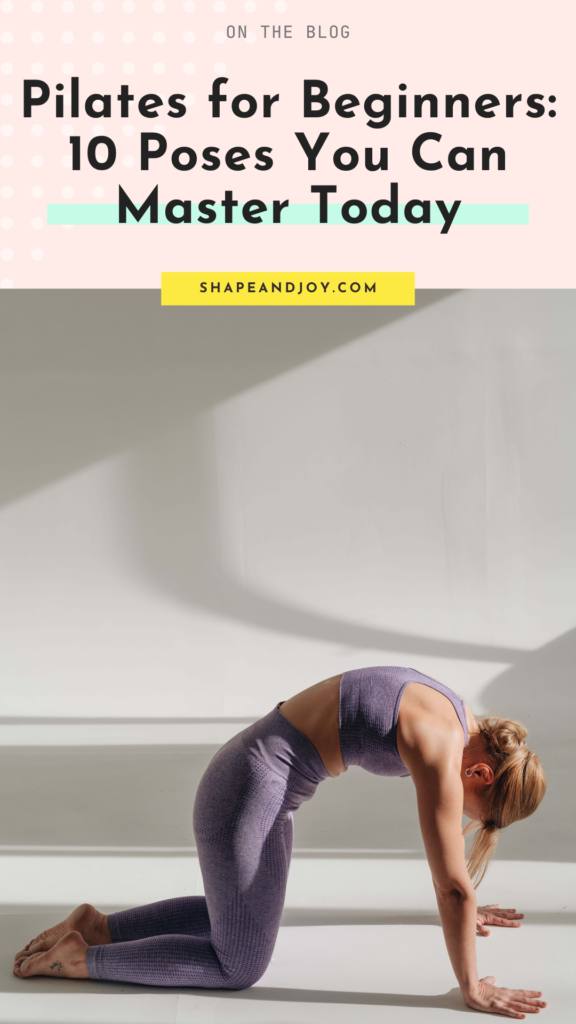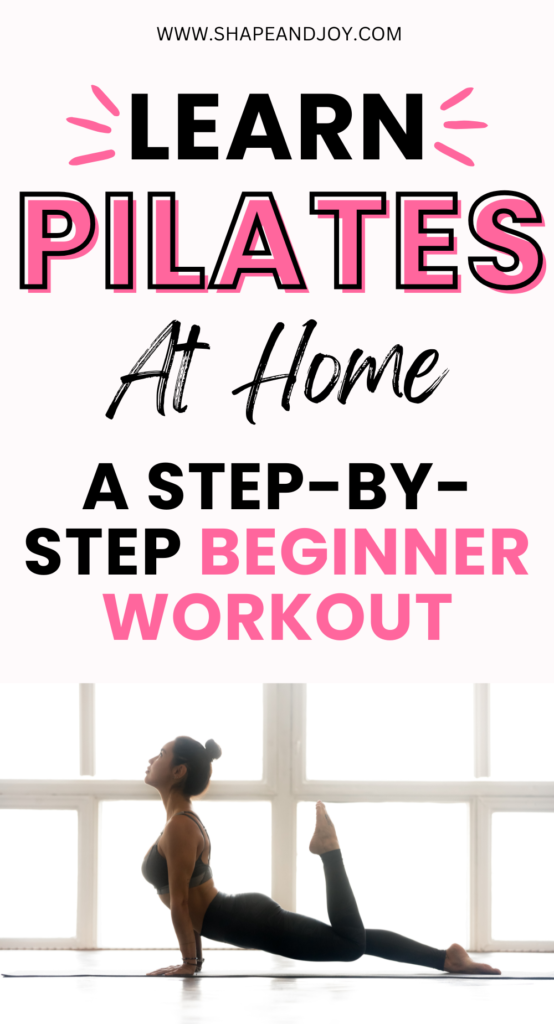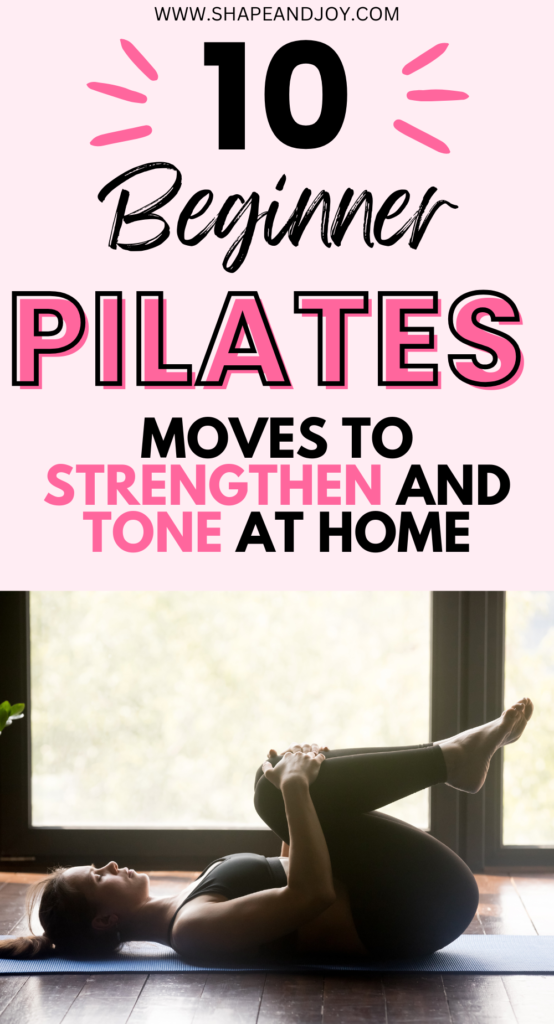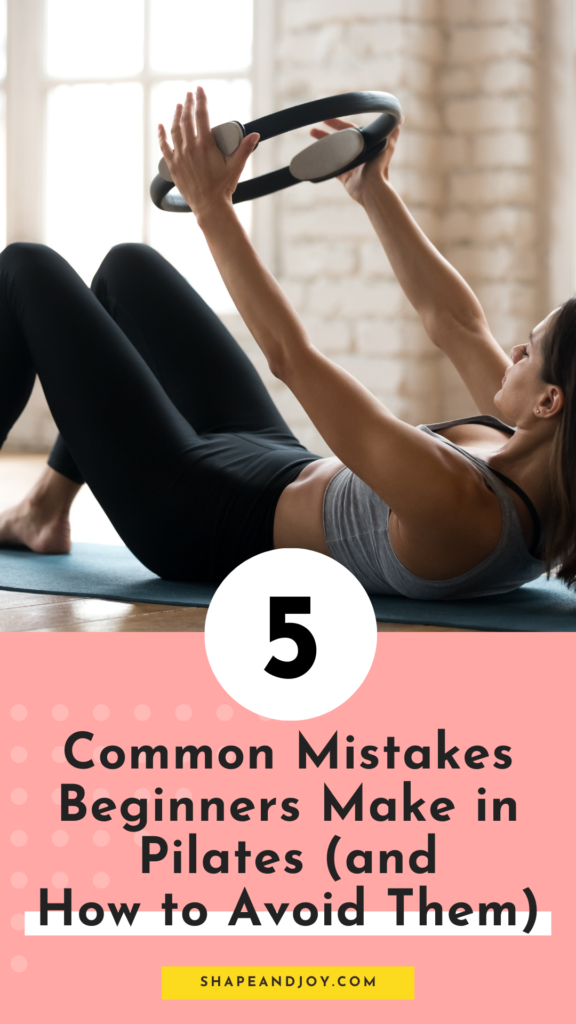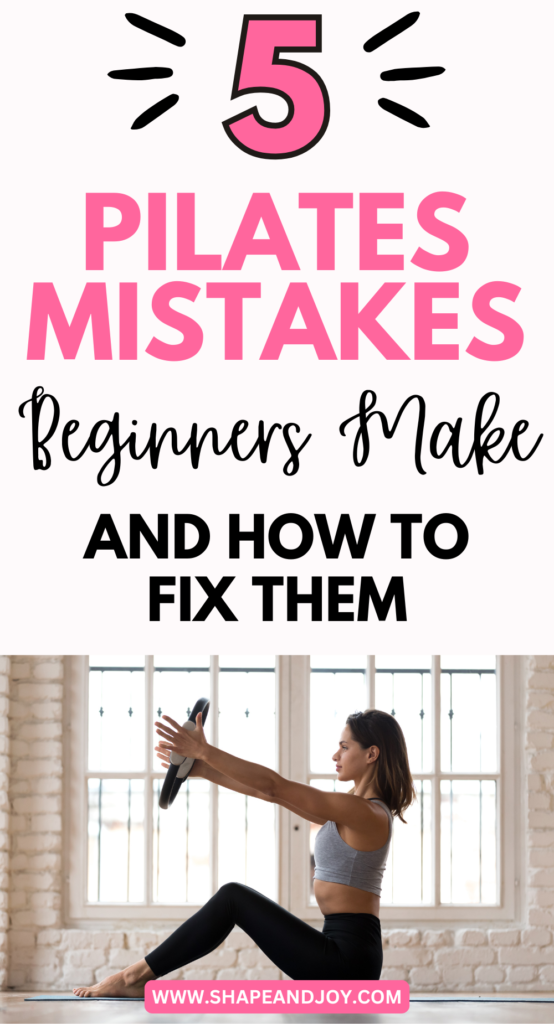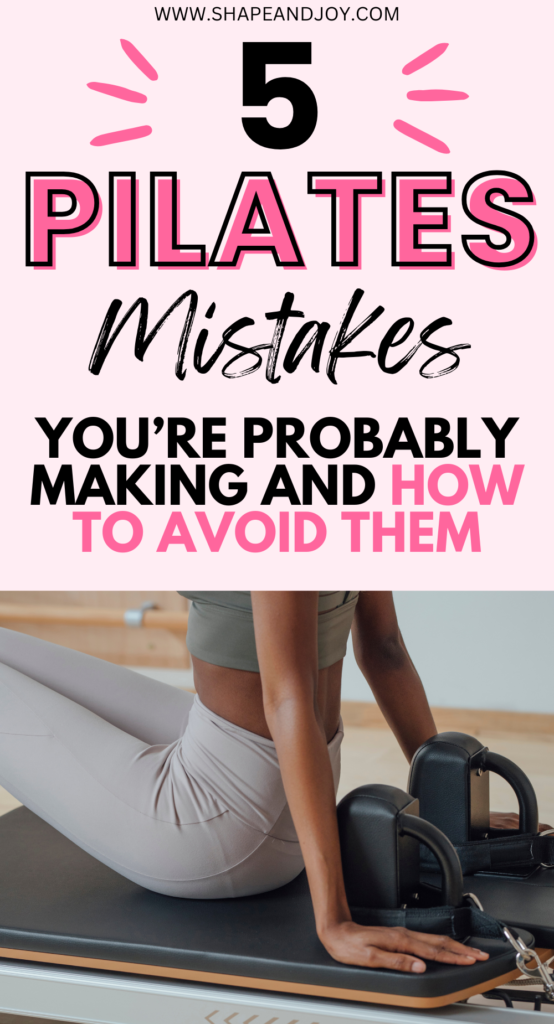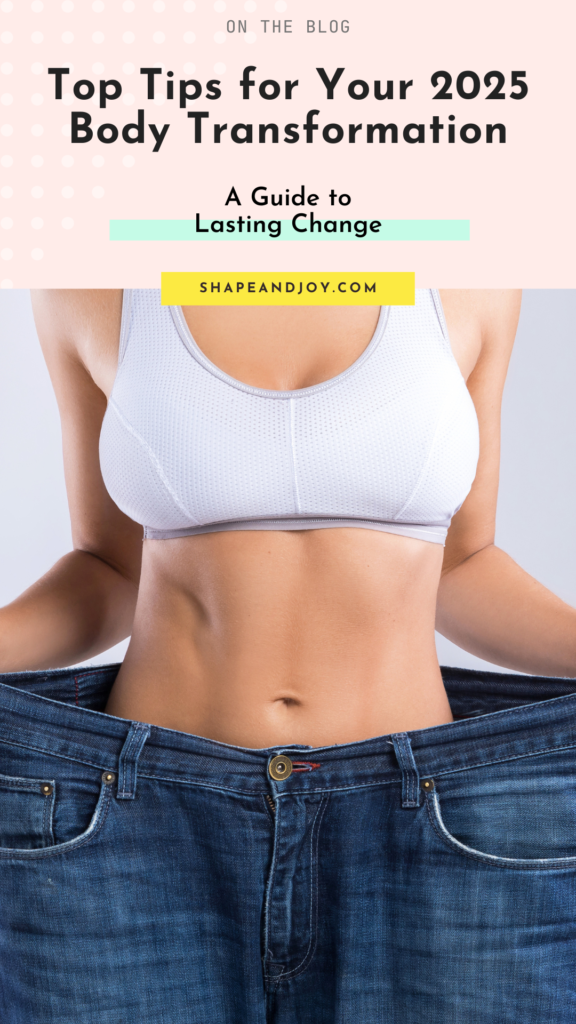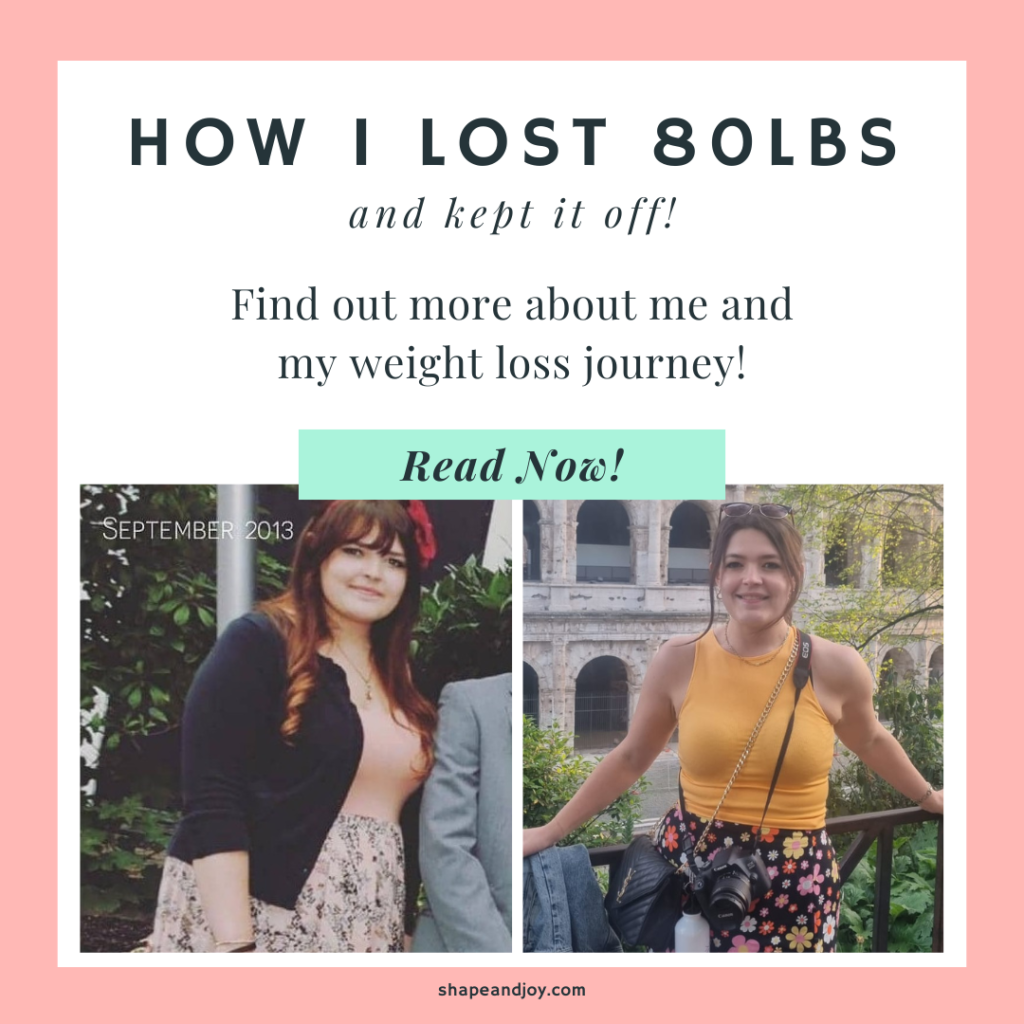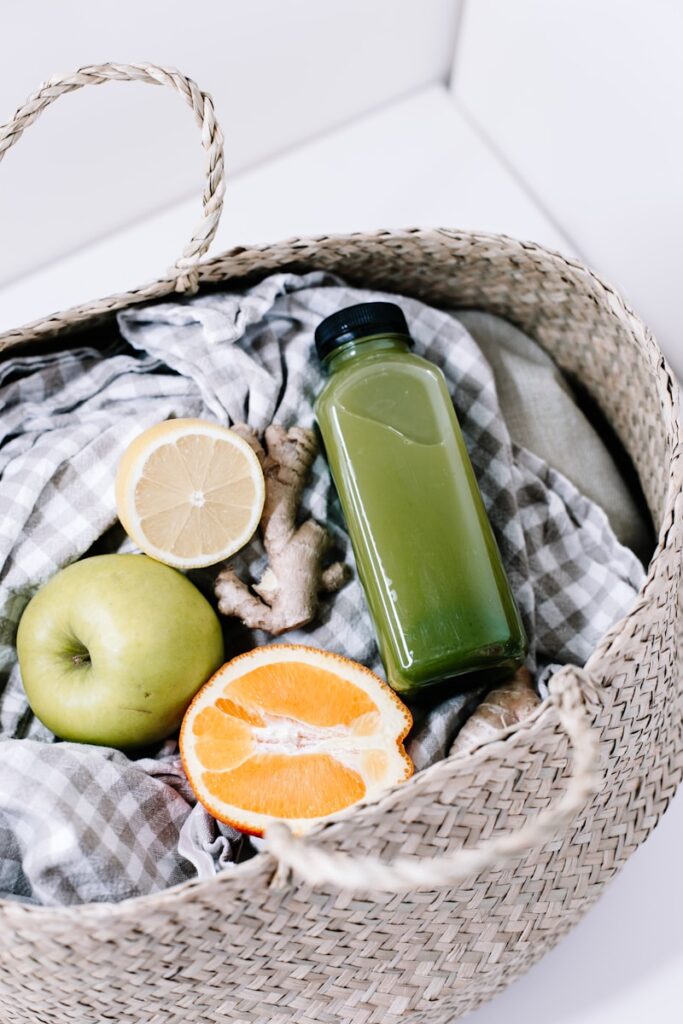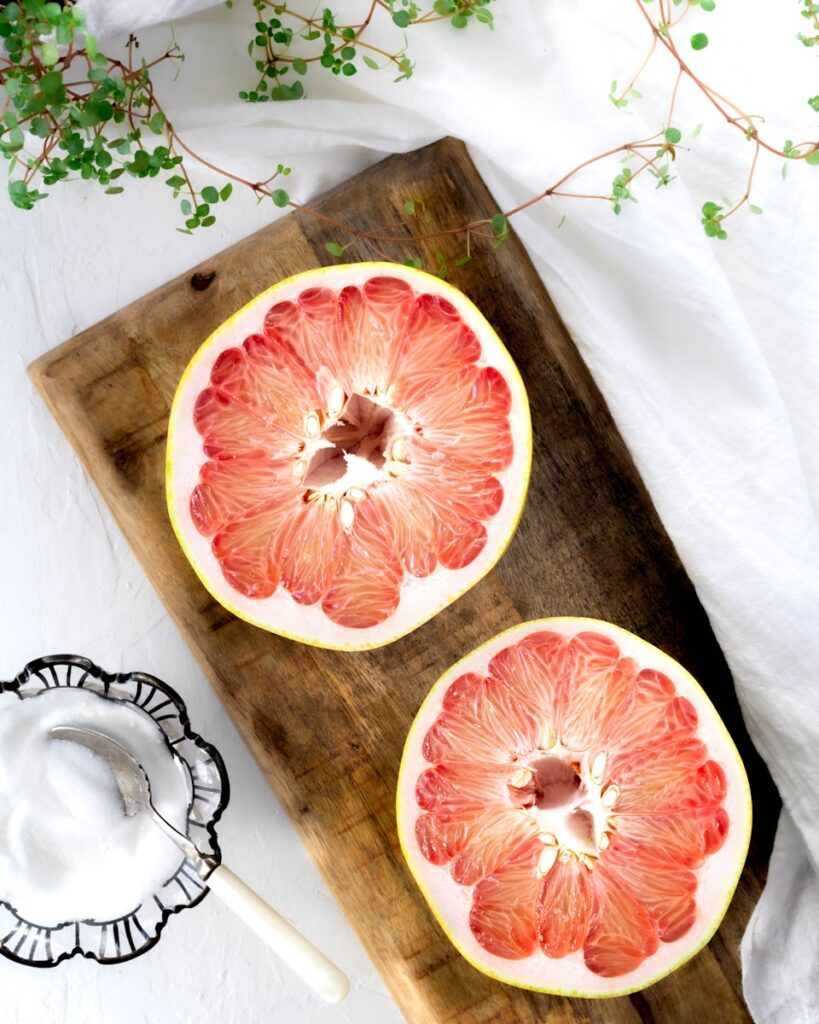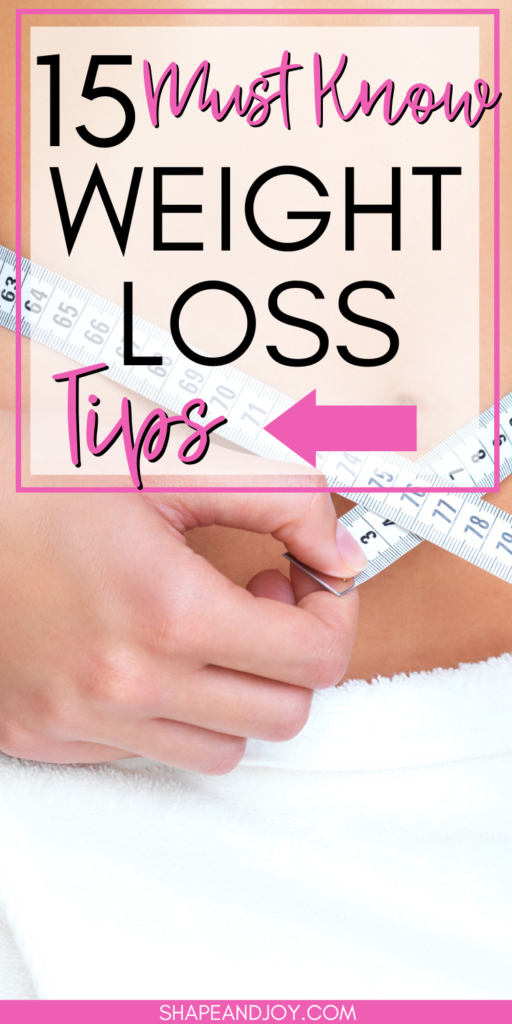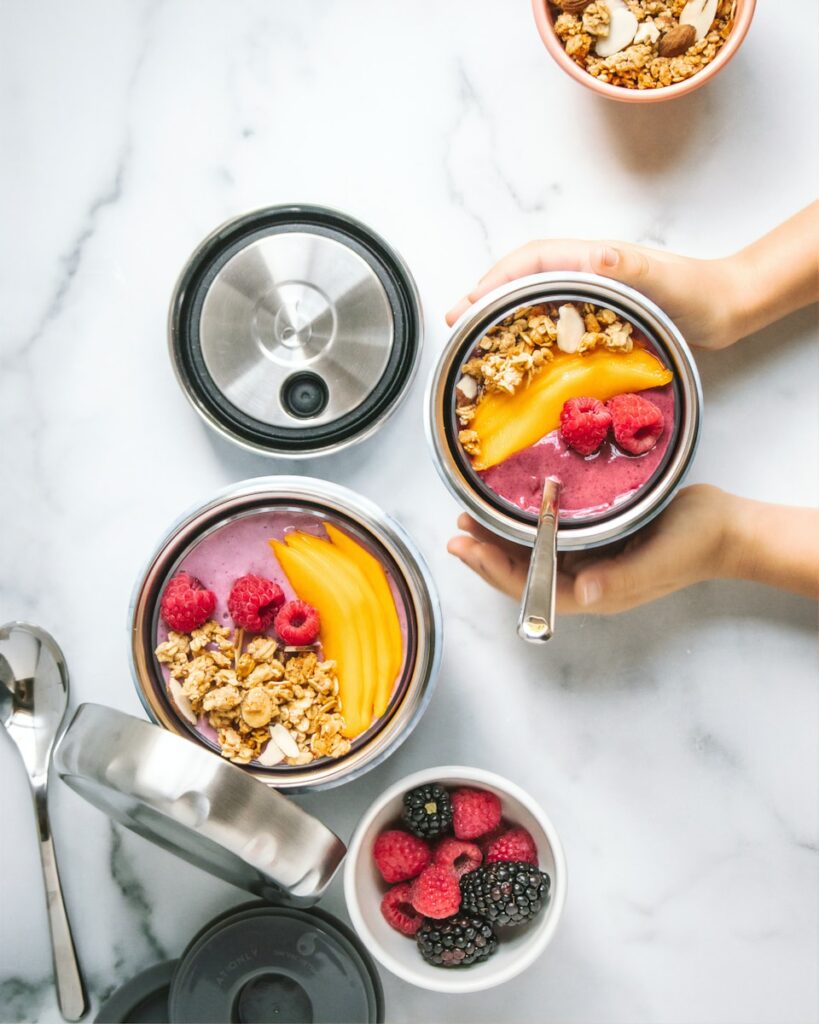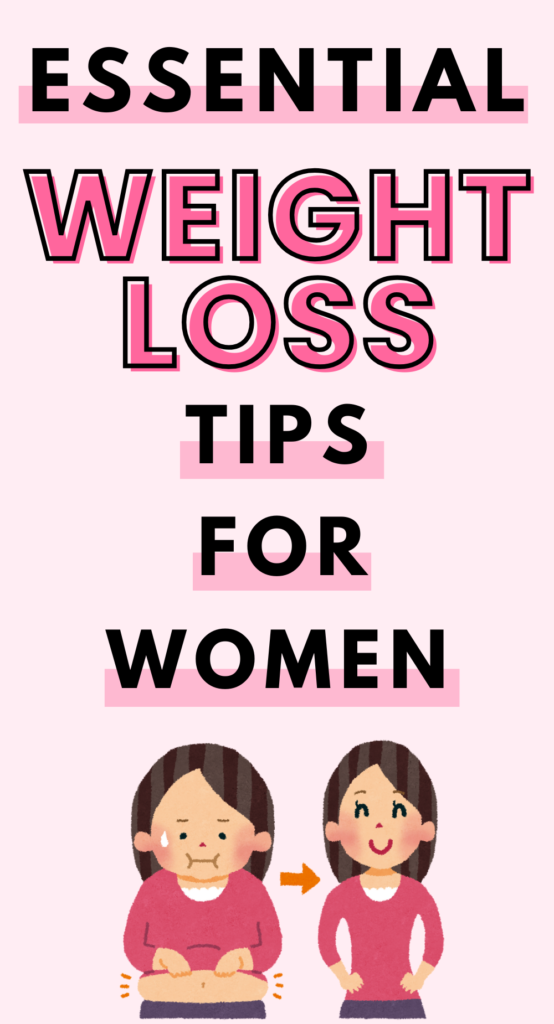Best Leg Exercises at the Gym – A Quick Cheat Sheet to Machines & Weights for Maximum Gains

Right, so in the last post we got the basics down—compound vs. isolation exercises, when to do what, and how to actually target your glutes properly. But now, let’s talk specifics. What are the best leg exercises?
Because let’s be honest, walking into the gym without a plan is like going food shopping while hungry—you’ll end up doing a bit of everything, but none of it well.
You need to know exactly which exercises will help you grow strong, sculpted legs and abs while making the best use of the equipment available.
Whether you’re a beginner looking for a no-fail plan, a gym women regular wanting to step up your game, or someone who prefers training at home with no equipment or resistance bands, this post will help you train smarter, not harder.
Let’s get those legs working.
The Best Gym Machines & Weights for Leg & Glute Growth
When it comes to gym training, you’ve got three main categories of equipment:
- Free weights – Barbell, dumbbell, kettlebell – best for full-body strength and functional movement.
- Gym machines – Leg press, leg curl, cable machines – best for controlled movements and isolating muscles.
- Bodyweight & resistance band work – Great for home workouts or adding extra activation before lifting heavy weights.
Each has its place in a good plan, so let’s break it down.
1. Best Free Weight Exercises for Legs & Glutes
If you want to build significant muscle, you can’t avoid weights. Whether it’s a barbell, dumbbell, or kettlebell, free weights force your muscles to work harder to stabilise, which means better strength, balance, and growth.
Top Free Weight Exercises
- Barbell Back Squat – The king of all leg exercises. Works your full lower body while engaging your abs for stability.
- Dumbbell Bulgarian Split Squat – Burns like nothing else but grows your legs and glutes like magic.
- Kettlebell Sumo Deadlift – A quick, intense exercise that keeps the focus on your glutes and hamstrings.
- Dumbbell Step-Ups – Brilliant for balance, strength, and a killer leg pump.
- Barbell Hip Thrusts – The best glute exercise, full stop.
If you’re training at home, swap the barbell for dumbbells, a kettlebell, or a resistance band. No equipment?
Try bodyweight squats and glute bridges to get started.
📌 Pin this for later! ⬇

2. Best Gym Machine Exercises for Legs & Glutes
If you train at the gym, make the most of machines. They’re beginner-friendly, help you lift heavier without worrying about balance, and reduce injury risk.
Top Gym Machine Exercises
- Leg Press Machine – Great for growing your legs and glutes while supporting your lower back.
- Cable Kickbacks – Use the cable machine for glute isolation without loading your quads.
- Leg Curl Machine – A must for hamstring strength—strong hammies = better squats and deadlifts.
- Leg Extension Machine – Perfect for quad strength and knee support.
- Hip Abduction Machine – The “glute-growing” machine—use it at the end of your workout for an intense burn.
If you train at home, replicate these movements with resistance bands or dumbbells. For example, a banded glute kickback mimics the cable machine version just fine.
3. Best No-Equipment & Resistance Band Exercises for Leg Day
No weights? No problem. Home workouts can still be quick, intense, and effective—you just need the right exercises.
Top No-Equipment Exercises
- Bodyweight Squats – The best starting point for strength and endurance.
- Lunges (Forward & Reverse) – Burns, but builds strength in your full lower body.
- Glute Bridges – Brilliant for activating your glutes and abs before heavier training.
- Wall Sits – Looks easy until you hit 30 seconds in and start questioning life choices.
Top Resistance Band Exercises
- Banded Squats – Adds extra tension for better glute engagement.
- Banded Side Walks – A quick, intense warm-up to activate your glutes.
- Banded Kickbacks – Mimics the cable machine version but home-friendly.
- Banded Glute Bridges – A home weights alternative to barbell hip thrusts.
Pro tip: Mix it up. If you train at the gym, start with gym machines and weights, then finish with resistance bands for extra burnout. If you’re at home, combine no-equipment moves with bands to create the best challenge.
Maximise Your Glute Gains
Want to take your glute growth to the next level? This series has everything you need—from the best workouts to game-changing nutrition tips. Dive into each post and build stronger, sculpted legs and glutes the smart way.
- Complete Leg & Glute Workout Plan – From Home to Gym
- Best Leg Exercises at the Gym – The Ultimate Guide to Machines & Weights (You’re here!)
- How to Grow Your Glutes Without Growing Your Thighs
- The Most Common Glute Activation Mistakes (And How to Fix Them!)
- The Best Nutrition for Leg & Glute Growth – What to Eat for Maximum Gains (You’re here!)
Follow this full series and get on the path to stronger, sculpted glutes!
Final Thoughts: Get the Best Leg & Glute Gains
No more aimless gym sessions. No more second-guessing your exercises.
Whether you’re using barbells, dumbbells, kettlebells, gym machines, or no equipment at all, you now have the best plan to train smarter, grow stronger, and feel amazing.
Ready to take it up a notch? In the next post, I’ve got the Ultimate Leg & Glute plan for you!
📌 Pin this for later! ⬇



